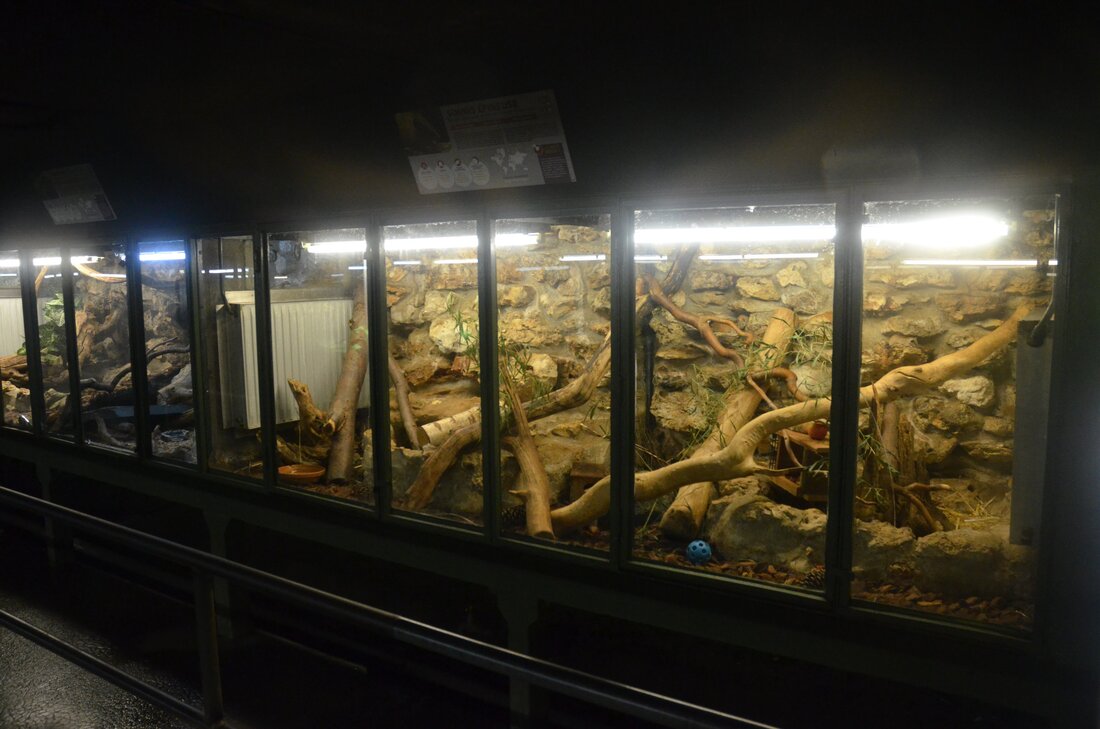General Information:
'Spiny Mice' is an umbrella term that describes any species within the genus Acomys. So, you can have spiny mice such as the Cairo spiny mouse, Crete spiny mouse, and many more. Despite species of spiny mice being found in numerous localities, in the exotic pet trade, you'll usually find species from Arabian countries and Africa.
Fun fact:
Spiny mice have inflexible prominent hair fibres on their dorsal skin. It's one of their more distinctive characteristics.
Unlike many pet mice, spiny mice are a surprisingly long-lived pet rodent. They have an average lifespan of around 2-5 years - some species of spiny mice can even live up to 7 years! They're an omnivorous rodent and, depending on the species, they exhibit nocturnal or diurnal behaviour.
Care:
Housing/Enrichment:
Spiny mice are notoriously good chewers, so it's recommended that you house them in a well-ventilated tank; at least 4ft by 1ft. As they're brilliant gnawers, climbers, and jumpers, you can provide them with plenty of gnawing materials such as wooden houses, tunnels, nests, climbing frames and more - they tend to utilise most enrichment items.
You can also provide nesting material such as straw or hay.
As spiny mice are found in warmer climates, you must house them in higher temperatures well over 20℃. On colder days, ensure they have plenty of nesting materials to keep them warm.
'Spiny Mice' is an umbrella term that describes any species within the genus Acomys. So, you can have spiny mice such as the Cairo spiny mouse, Crete spiny mouse, and many more. Despite species of spiny mice being found in numerous localities, in the exotic pet trade, you'll usually find species from Arabian countries and Africa.
Fun fact:
Spiny mice have inflexible prominent hair fibres on their dorsal skin. It's one of their more distinctive characteristics.
Unlike many pet mice, spiny mice are a surprisingly long-lived pet rodent. They have an average lifespan of around 2-5 years - some species of spiny mice can even live up to 7 years! They're an omnivorous rodent and, depending on the species, they exhibit nocturnal or diurnal behaviour.
Care:
Housing/Enrichment:
Spiny mice are notoriously good chewers, so it's recommended that you house them in a well-ventilated tank; at least 4ft by 1ft. As they're brilliant gnawers, climbers, and jumpers, you can provide them with plenty of gnawing materials such as wooden houses, tunnels, nests, climbing frames and more - they tend to utilise most enrichment items.
You can also provide nesting material such as straw or hay.
As spiny mice are found in warmer climates, you must house them in higher temperatures well over 20℃. On colder days, ensure they have plenty of nesting materials to keep them warm.
|
|
|
Socialising:
Spiny mice are very social rodents, you must house them in small groups if and when possible. Sometimes, you can cohabit spiny mice with other species of mice, but do so with caution. We would still recommend keeping them with other spiny mice as well.
How easy it will be to handle your spiny mouse will vary drastically depending on the individual. As spiny mice aren't as domesticated as other pet mice, such as the domesticated house mouse.
You must handle them with care as they're very delicate and can easily deglove or "shed" their tail. Once they lose their tail, it will never grow back.
With that being said, studies suggest that spiny mice usually tame fairly well and become trusting towards their owners.
Diet:
Spiny mice have been documented to exhibit behavioural issues when fed an improper diet and are very prone to obesity. They're an omnivorous rodent, meaning they require both plant and animal materials to stay healthy.
In the wild, spiny mice would eat seeds, grains, insects, fruits, and vegetables. Some individuals offer a commercial mouse diet, such as a lab-blocks and feed additional seeds (you can use wild bird foods which offers seeds to mimic their natural diet). You may offer fresh fruits, vegetables, and live insects on occasion too.
Please feel free to ask more questions.
Spiny mice are very social rodents, you must house them in small groups if and when possible. Sometimes, you can cohabit spiny mice with other species of mice, but do so with caution. We would still recommend keeping them with other spiny mice as well.
How easy it will be to handle your spiny mouse will vary drastically depending on the individual. As spiny mice aren't as domesticated as other pet mice, such as the domesticated house mouse.
You must handle them with care as they're very delicate and can easily deglove or "shed" their tail. Once they lose their tail, it will never grow back.
With that being said, studies suggest that spiny mice usually tame fairly well and become trusting towards their owners.
Diet:
Spiny mice have been documented to exhibit behavioural issues when fed an improper diet and are very prone to obesity. They're an omnivorous rodent, meaning they require both plant and animal materials to stay healthy.
In the wild, spiny mice would eat seeds, grains, insects, fruits, and vegetables. Some individuals offer a commercial mouse diet, such as a lab-blocks and feed additional seeds (you can use wild bird foods which offers seeds to mimic their natural diet). You may offer fresh fruits, vegetables, and live insects on occasion too.
Please feel free to ask more questions.




